Lord Shiva
Who is Lord Shiva?
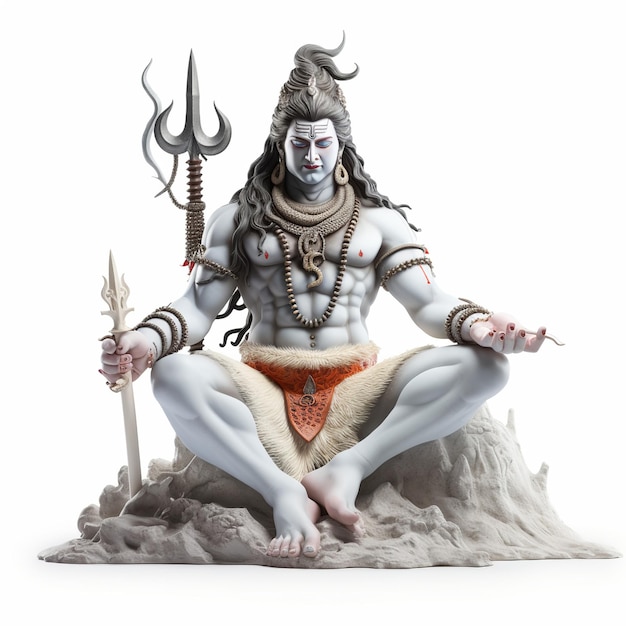
Lord Shiva is one of the main deities, often called the “Destroyer” of the Holy Trinity of Gods, along with Brahma (the Creator) and Vishnu (the Hunter) Shiva is a complex and interesting figure, and his story is dramatic , symbolic and profound. Once upon a time, a god with a paradoxical existence lived in the mysterious regions of Mount Kailash. Shiva, the most mysterious of all gods, was fearful and benevolent. His physique was unconventional, with ashes smeared across his body, a snake around his neck and a third eye piercing his forehead. But these phenomena were not his definition; His performance, the essence, is what really made him stand out. Shiva’s story begins with a cosmic dance, the Tandava, symbolizing the eternal cycle of creation, preservation and destruction. Legend has it that when Shiva danced the Tandavam, the world shook, stars collided, new galaxies were born. It was a pulsating and destructive dance, reminding us of the impermanence of life.
Unknown Facts about Lord Shiva:
1.Lord Shiva, the First Yogi and Master of Yoga
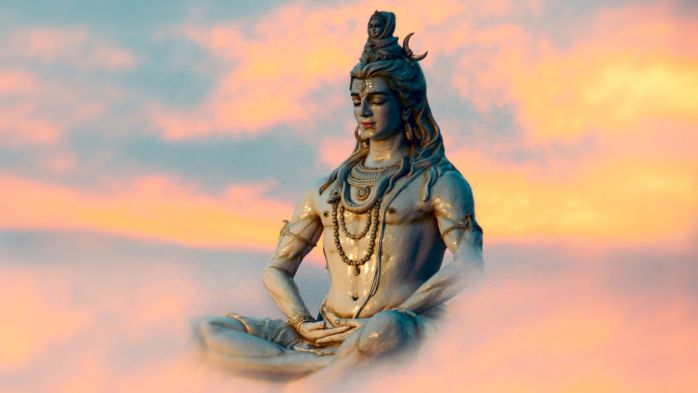
Lord Shiva is generally regarded as Adiyogi meaning “first yogi” or “originator of yoga”. This belief is based on the idea that Shiva is not only a god but also a supreme ascetic and meditator who shares the science of yoga and meditation with the world.
It is said that it was in this divine dance that Lord Śiva imparted the knowledge of yoga to the seven sages. Dance represents the rhythm and complexity of the universe and the intimate connection between the physical and the spiritual. Thus, he seems to have been the first to reveal the knowledge and practice of yoga to mankind.
2. Lord shiva had 19 avatars
While Lord Hanuman is one of the most well-known avatars, there are several others that are equally fascinating. Each avatar paints a vivid picture of Lord Shiva’s intricate and captivating nature.
18 other avatars are as follows:
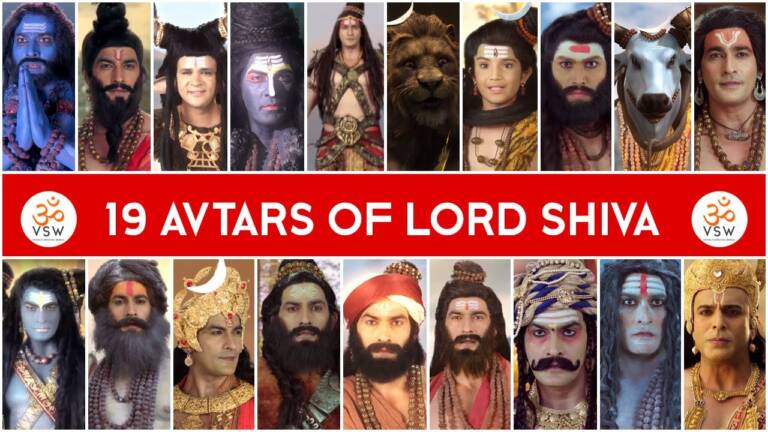
- Piplaad Avatar
- Nandi Avatar
- Veerabhadra Avatar
- Bhairava Avatar
- Ashwatthama Avatar
- Sharabha Avatar
- Grihapati avatar
- Durvasa avatar
- Rishabha Avatar
- Yatinath Avatar
- Hanuman
- Krishna Darshan Avatar
- Bhikshuvarya Avatar
- Sureshwar Avatar
- Keerat Avatar
- Sunatnartak avatar
- Brahmachari avatar
- Yaksheshwar Avatar
- Avadhut Avatar
3. Lord Shiva is one of the easiest gods to be pleased
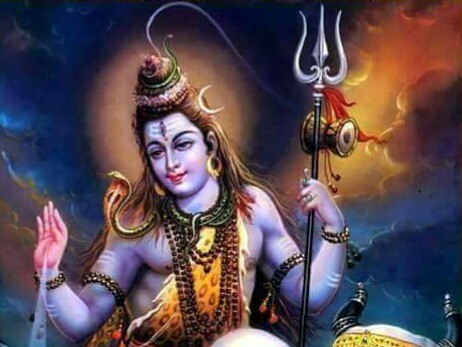
Shiva is often portrayed as one of the easiest gods to please, and the famous story of Ravana illustrates this. Ravana, the demon king of Lanka was a formidable devotee of Lord Shiva. Ravana with deep devotion decided to please Lord Shiva and gain divine grace In order to do so he began to practice austerities and strong meditations As part of his penance he decided to sacrifice ten of his heads for the sacred fire. Lord Shiva, impressed by Ravana’s unwavering devotion, appeared before him. Ravana pleaded for great power and invincibility in surrendering to the god. Lord Shiva, famous for his generosity, accepted Ravana’s request.
However, it should be noted that Lord Shiva was pleased with Ravana’s devotion and granted him boons, but the story of Ravana’s final downfall is a cautionary tale. Ravana’s arrogance and abuse of the power given to him ultimately led to his destruction, and even though he was blessed by the gods, he showed the importance of wisdom and righteousness in his actions
4. Lord Shiva is the only Hindu god with a visible third eye.
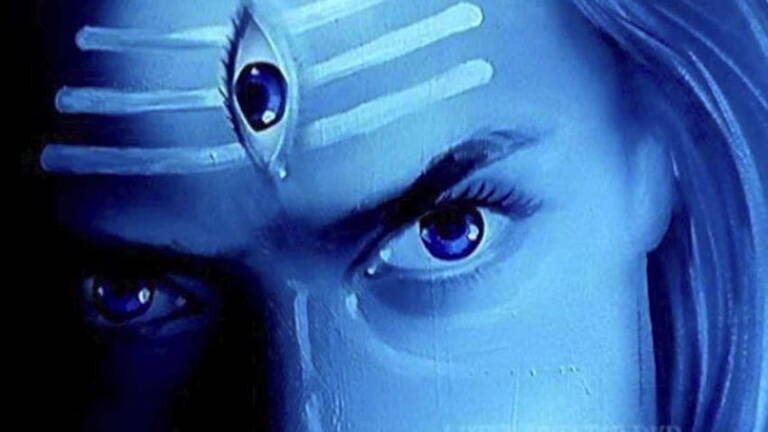
The story revolves around a powerful demon named Tarakasura who sought immortality through extreme austerity and won the favor of Lord Brahma. Since Lord Brahma could not give him immortality, he allowed Lord Śiva’s son alone to defeat Tarakasura. Shiva married Parvati and gave birth to Kartikeya, despite Tarakasura’s belief that Shiva, known for his ascetic lifestyle, would never have a son. The gods revealed Kartikeya’s intention to defeat Tarakasura, which led to a fierce battle. Tarakasura, a terrible demon, challenged Kartikeya with magic. Seeing his son in a predicament Lord shiva stepped in. In the heat of the moment, Shiva’s third eye, a symbol of divine power, opened, giving inner strength is strong enough to turn Tarakasura to ashes. This story highlights the importance of the third eye of Lord Shiva as a symbol of great power and its role in neutralizing negative forces. It highlights the idea that unusual features, even those with strong divine capabilities, may be needed to maximize success.
5. Ashwatthama is a partial incarnation of Lord Shiva.
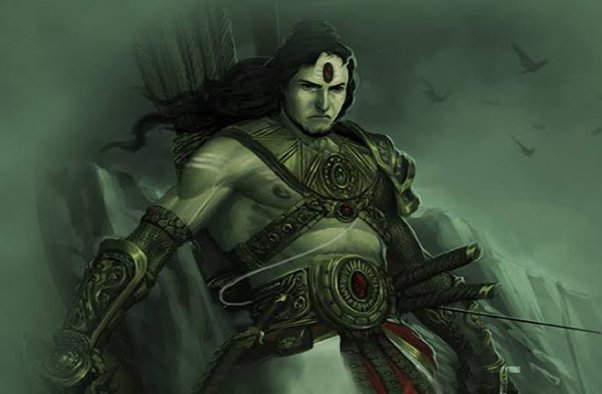
Ashvatthama, the sage Drona, is a warrior woven with the word of Lord Shiva. Lord Shiva granted Drona’s wish for an invincible son, but only on the condition that Ashvatthama carried a piece of Shiva’s divine power. As he grew older, Ashvatthama showed extraordinary skill in the Mahabharata, fighting the Kauravas in mysteries that matched the essence of Shiva. Possessing his father’s divine gem called “Mani”, Ashvatthama became a formidable force in the war. But his story took a sad turn when, driven by anger, he unleashed Narayana’s devastating weapons on the Pandava camp. Full of remorse, Ashvatthama, cursed by Lord Krishna, roams the earth weighed down by the weight of his karma and the inner power of Shiva—a touching chapter in the epic, which shows how divine heritage is with people who die communicate complex.
6. Lord Shiva has five heads.
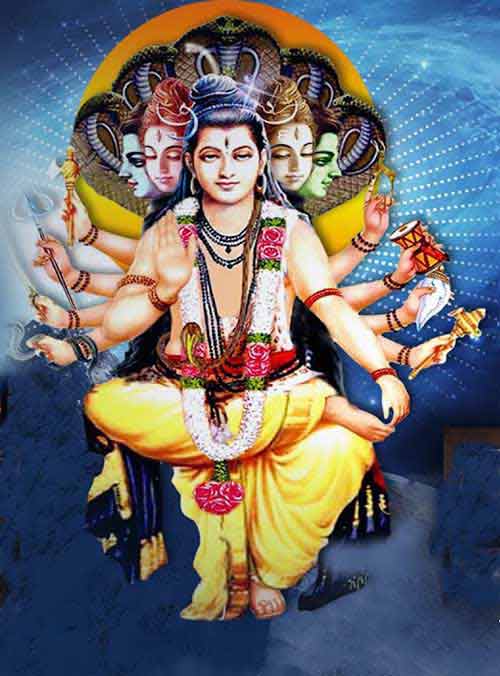
Adorned with five heads, Shiva symbolizes creation, preservation, destruction and the dance of the universe. Each head symbolizes an aspect of that infinite power: he is the deeply meditative ascetic, the mighty cosmic dancer Nataraja, the compassionate of the purifying Ganges, the fearless yogi who sheds ignorance, and the destroyer of prejudices by the sunlight. Together, these chapters form a divine melody that depicts the multifaceted nature of Shiva and tells a story of balance, wisdom, compassion, the absence of fear and beyond illusion In the vast fabric of the universe stands Shiva there as living proof of the interlocking dance of life, each step indicates creation , each pause and preservation Embraces the inevitability of destruction
Some more facts about Lord Shiva:
Blue-throated: Shiva is sometimes called Nilakantha which means “Blue-necked”. According to legend, a deadly poison was released during the storm. Shiva drank the poison to save the universe and as a result his throat turned blue.
Goddess Shakti and Ardhanarisvara Forms: Shiva and his consort Parvati are often depicted as half-female deities, with one side of the body being male (Shiva) and the other half female (Parvati). This represents an inseparable union of masculine and feminine energies.
Rudraksha Mani: Shiva is associated with Rudrakshamani. It is believed that he wore a rudraksha bead around his neck, this bead is considered sacred and has spiritual significance in Hinduism.
Bhairava: Bhairava is a fierce form of Shiva associated with destruction. Bhairava temples are dedicated to this aspect of Shiva, and the rituals associated with Bhairava are often complex.
Kailashparvata: Mount Kailash in the Himalayas is believed to be the abode of Lord Shiva. It is believed to be a holy and powerful place where Lord Shiva resides in a constant state of meditation.
Ganesha: Ganesha is the son of Shiva and Parvati and has the head of an elephant. His elephant head is the result of the decapitation of Shiva, who was later given the head of an elephant.
Read More about: 108 Names of Lord Ganesha
Trident Symbols: Known as the trident, Shiva’s trident represents the three major elements of life: creation, preservation and destruction. It also symbolizes the three modes of nature: Sattva, Rajas and Tamas.
Damaru – Holy Sanctuary: Shiva is often depicted with a small instrument called the Damaru. The sound of the flute is supposed to symbolize the primary sound of creation and the rhythmic vibration of the universe.
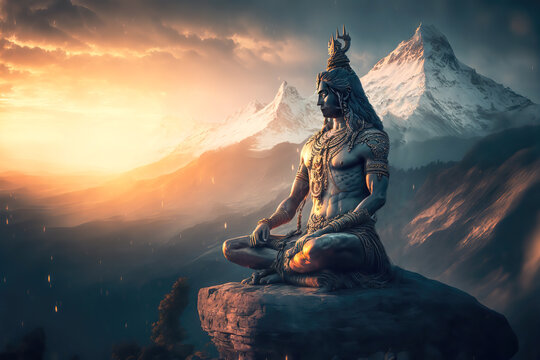
Unique Worship Form: Lord Shiva is worshiped in a single lingam, a symbol representing his divine power and the manifestation aspect of the Supreme Soul.
Om, the sacred sound: The sacred sound “Om” is intimately connected with Lord Shiva, the symbol of cosmic vibration and the essence of ultimate reality.
Ban on Tulsi language: The use of tulsi (holy basil) in the worship of Lord Shiva is generally avoided, setting it apart from other Hindu deities. Tulsi is not offered in the worship of Shiva.
Kashi, Priya Nagar: Kāśī, known as Varanasi, occupies a special place in the heart of Lord Śiva. It is considered as his favorite city and devotees seek spiritual realization by visiting this holy place.
Absence of the Vedas: Unlike many other deities, the Vedas, the ancient holy books of Hinduism, do not explicitly mention Lord Shiva. In later Hindu scriptures, however, its importance is more evident. These distinctive features help make the worship of Lord Shiva unique and revered in Hindu tradition.
